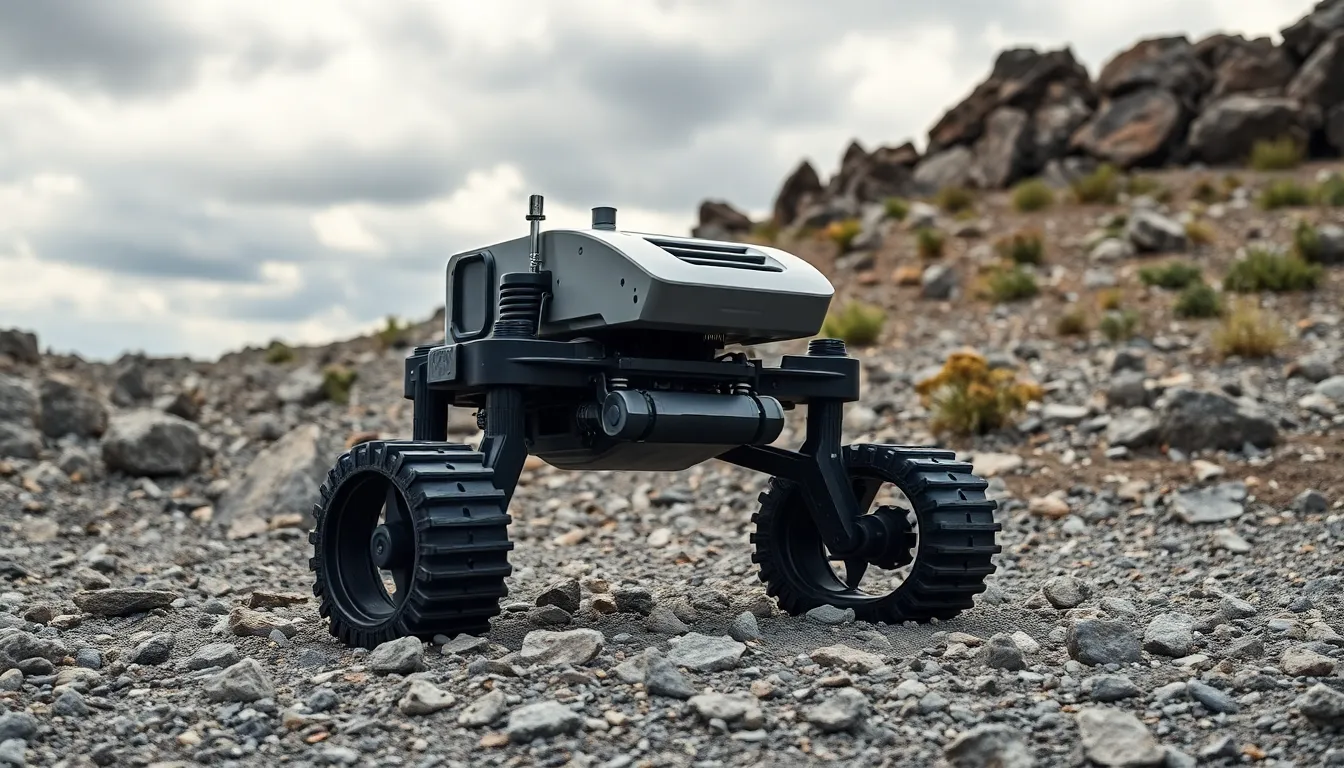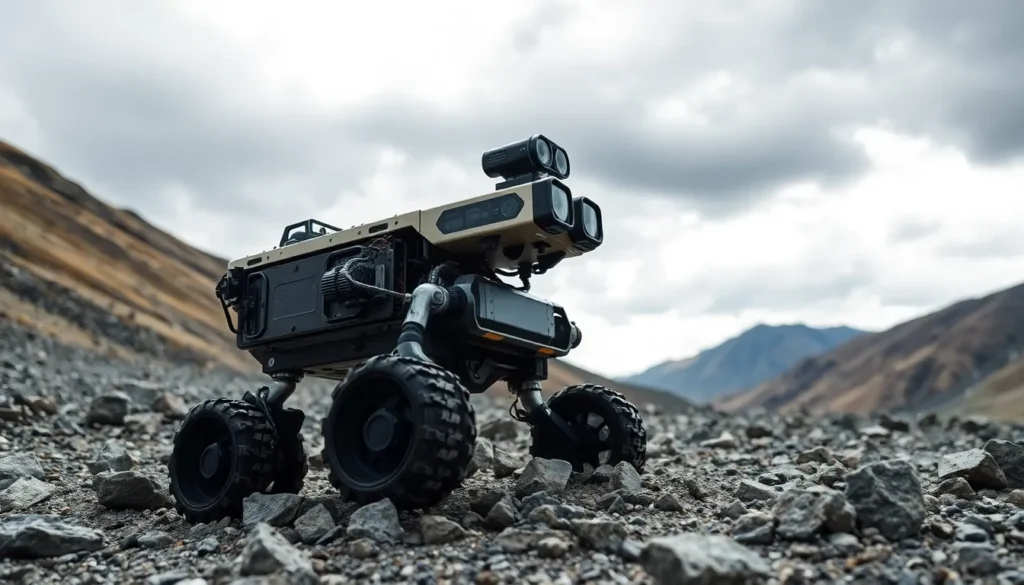Table of Contents
ToggleImagine a world where robots tackle the toughest terrains while you sip coffee on your porch. Sounds dreamy, right? That’s where rugged robotics comes into play, transforming how automation works in extreme conditions. From military applications to disaster recovery, these robots are redefining boundaries. Get ready to jump into the intriguing realm of rugged robotics, where innovation meets resilience.
What Is Rugged Robotics?

Rugged robotics refers to a specialized field of robotics designed for demanding environments that typically daunt standard machines. Think of rocky terrains, extreme weather, or hazardous industrial sites. Rugged robots combine toughness with intelligence, enabling them to operate reliably under pressure. Their design often includes reinforced materials, enhanced mobility systems, and sophisticated sensors to navigate unforeseen challenges. Essentially, these robots are the rugged individualists of the automation world, capable of going where most machines fear to tread.
Applications of Rugged Robotics
Rugged robotics finds applications across diverse sectors. The military leverages these machines for reconnaissance and bomb disposal, showcasing their durability. In agriculture, rugged robots assist in precision farming, tackling varied soil conditions and unpredictable weather patterns. Disaster management is another area where they shine: think drones and ground robots that can survey dangerous landscapes, delivering crucial data to rescuers.
Also, the construction industry benefits significantly from these machines. Rugged robotics streamline site operations, from surveying to logistics. All in all, wherever the going gets tough, rugged robotics gets going.
Key Technologies Behind Rugged Robotics
At the heart of rugged robotics are several key technologies that enable their operations. First up, adaptive mobility systems allow robots to traverse rough terrains. This includes advanced wheel designs, track systems, or even all-terrain legs.
Next, sensor technologies play a pivotal role. They help robots perceive their surroundings, detect obstacles, and even assess environmental risks. High-resolution cameras, LIDAR, and thermal imaging sensors are just a few examples that enhance a robot’s situational awareness.
Also, robust communication systems ensure that these machines maintain connectivity, even in remote areas. Without reliable data transmission, the full potential of rugged robotics remains untapped. Embedded artificial intelligence algorithms are also crucial for decision-making, allowing robots to respond dynamically to their surroundings.
Benefits of Using Rugged Robotics
The advantages of incorporating rugged robotics are undeniable. One of the primary benefits is their ability to operate in environments unattractive to human workers. This not only enhances productivity but also significantly reduces labor costs.
Also, rugged robots improve safety in hazardous situations. When dangerous tasks are handed over to reliable machines, human risk diminishes. These robots also demonstrate consistent performance, often surpassing human capabilities in precision and endurance.
Another advantage is the potential for data collection. Equipped with various sensors, rugged robots can gather valuable information that contributes to well-informed choice-making.
Challenges and Limitations of Rugged Robotics
Even though their numerous advantages, rugged robotics faces several challenges. One significant hurdle is the cost. Developing and maintaining these advanced machines requires a substantial investment. For many organizations, especially smaller ones, this may pose a barrier.
Besides, programming and controlling rugged robots can be complicated, necessitating specialized knowledge and training. Users must understand the communication interfaces, the functionality of sensors, and the intricacies of navigating extreme terrains.
Finally, while rugged robots excel in many demanding conditions, they are not infallible. Mechanical failures or unexpected environmental factors can still lead to operational setbacks. Hence, continuous advancements are crucial to mitigate these limitations.
The Future of Rugged Robotics
Looking ahead, the future of rugged robotics appears promising. With advancements in AI and machine learning, we can anticipate even more autonomous systems capable of learning from their experiences. Imagine robots that adapt and improve their operational strategies over time.
Also, as costs decrease and technology becomes more accessible, rugged robotics is likely to see broader adoption across various sectors. Emerging markets, particularly in developing nations, are poised to benefit significantly from these innovations as they adopt automation solutions.
Sustainability is also on the horizon. Researchers are now exploring eco-friendly materials and energy-efficient systems to power rugged robots, contributing to a greener future.




